Window Washing & Suspended Access Anchors
Regular window washing helps to maintain the appearance of your building, but often requires maintenance staff and outside contractors to work at heights. Ensuring the safety and OSHA compliance of suspended access anchors requires the implementation of a comprehensive fall prevention strategy, which includes the proper mix of window washing fall protection equipment, a rescue and descent plan, personnel training, and partnering with a fall protection company that appreciates the unique nature of your facility’s access points and potential fall hazards.
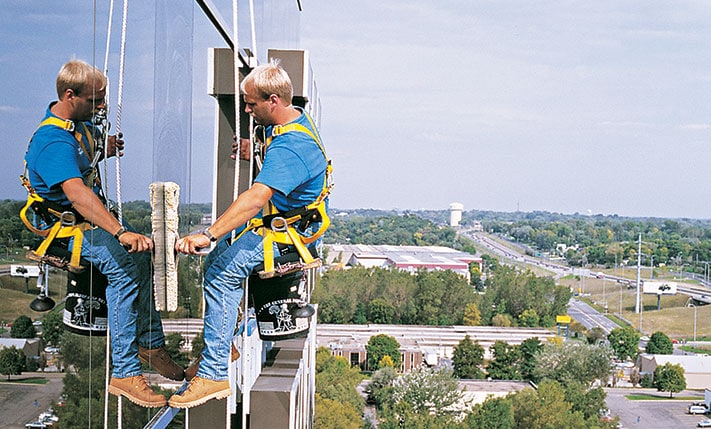
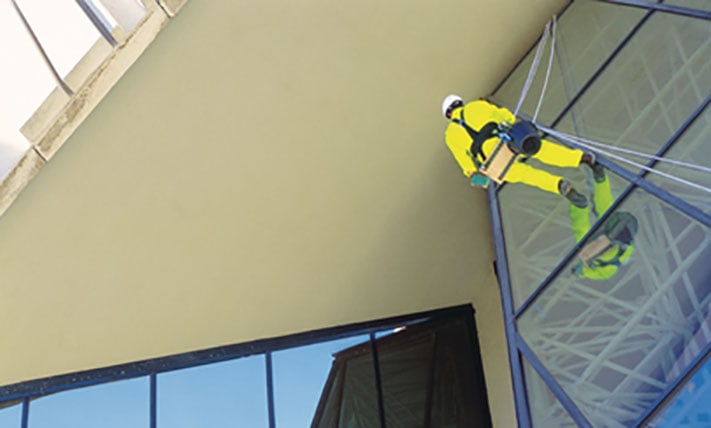
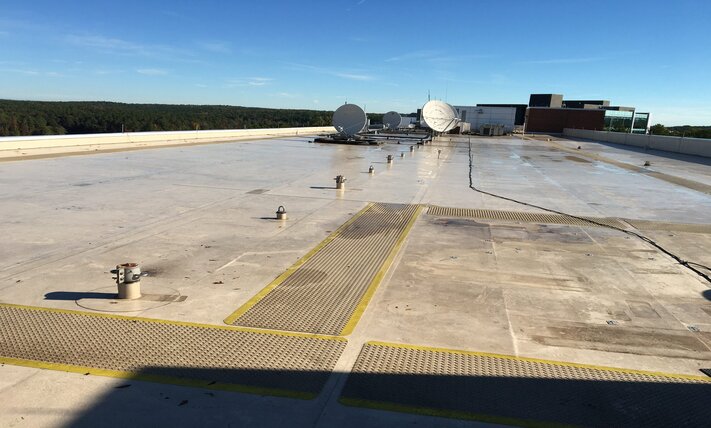
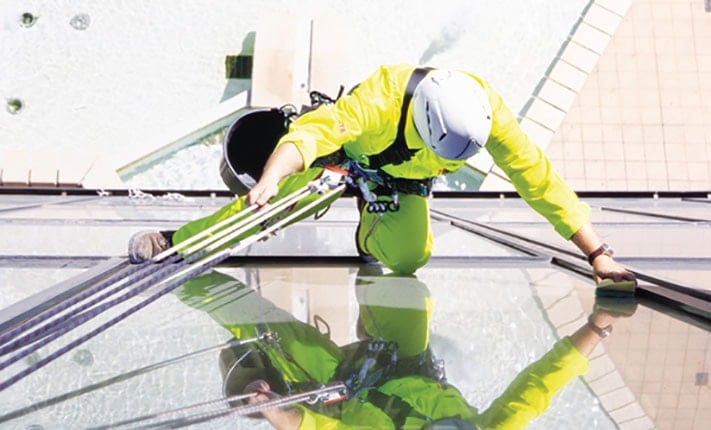


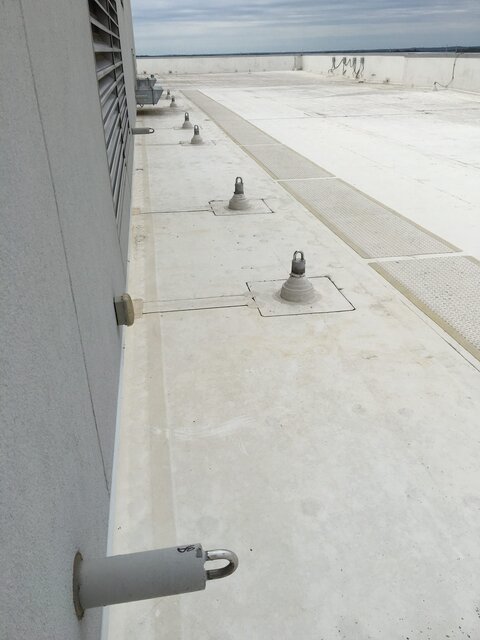
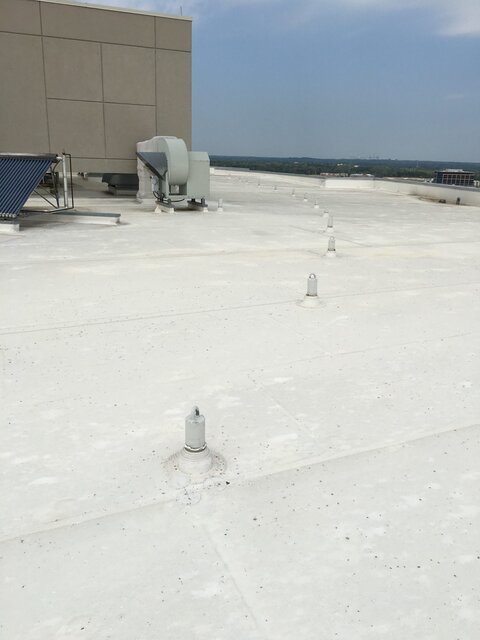
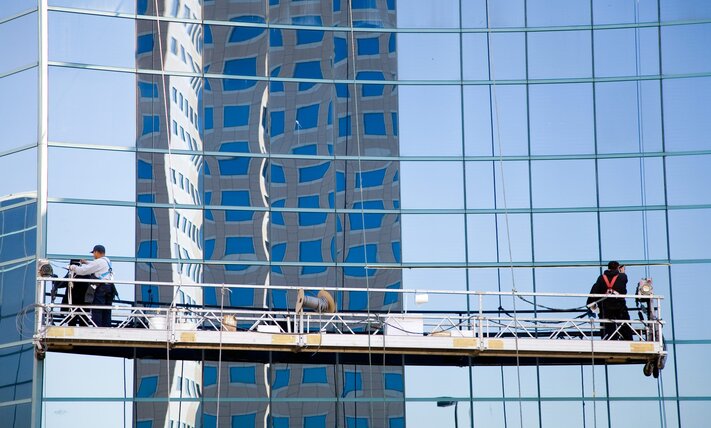
Our American-made window washing anchors are designed by our on-staff engineering team and fabricated by in-house certified welders to meet and exceed OSHA fall protection regulations and ANSI standards. Diversified offers in-stock, standard window washing anchors but we can create custom solutions to meet your specific suspended access needs. Review our standard window washing anchor offerings below, or contact Diversified Fall Protection to discuss applications requiring custom engineered solutions.
*****Diversified Fall Protection now offers complimentary suspended access system layout assistance to construction design professionals*****
Fall Protection Solutions
-
Beam Wrap Roof Anchor- Window Washing Anchor
View Beam Wrap Roof Anchor- Window Washing Anchor -
Below Paver Roof Anchor- Window Washing Anchor
View Below Paver Roof Anchor- Window Washing Anchor -
Bolt Through Steel Wall Anchor- Window Washing Anchor
View Bolt Through Steel Wall Anchor- Window Washing Anchor -
Cast In Place Roof Anchor- Window Washing Anchor
View Cast In Place Roof Anchor- Window Washing Anchor -
Cast in Place Wall Anchor- Window Washing Anchor
View Cast in Place Wall Anchor- Window Washing Anchor -
Column Wrap Wall Anchor- Window Washing Anchor
View Column Wrap Wall Anchor- Window Washing Anchor -
Concrete Joist Wrap Anchor- Window Washing Anchor
View Concrete Joist Wrap Anchor- Window Washing Anchor -
Joist Wrap Roof Anchor New Construction- Window Washing Anchor
View Joist Wrap Roof Anchor New Construction- Window Washing Anchor -
Joist Wrap Roof Anchor Retrofit- Window Washing Anchor
View Joist Wrap Roof Anchor Retrofit- Window Washing Anchor -
Post-Install Roof Anchor- Window Washing Anchor
View Post-Install Roof Anchor- Window Washing Anchor -
Post-Install Wall Anchor- Window Washing Anchor
View Post-Install Wall Anchor- Window Washing Anchor -
Weldable Roof Anchor with Base Plate- Window Washing Anchor
View Weldable Roof Anchor with Base Plate- Window Washing Anchor -
Weldable Wall Anchor- Window Washing Anchor
View Weldable Wall Anchor- Window Washing Anchor -
Wood Structure Mount Roof Anchor- Window Washing Anchor
View Wood Structure Mount Roof Anchor- Window Washing Anchor
Design Considerations
OSHA Regulations
- 1910.27(b)(1)
- 1910.27(b)(1)(i)
- 1910.27(b)(1)(ii)
- 1910.27(b)(1)(iii)
- 1910.27(b)(2)
- 1910.27(b)(2)(i)
- 1910.27(b)(2)(ii)
- 1910.27(b)(2)(iii)
- 1910.27(b)(2)(iv)
- 1910.27(b)(2)(v)
- 1910.27(b)(2)(vi)
- 1910.27(b)(2)(vii)
- 1910.27(b)(2)(viii)
- 1910.27(b)(2)(ix)
- 1910.27(b)(2)(x)
- 1910.27(b)(2)(xi)
- 1910.27(b)(2)(xii)
- 1910.27(b)(2)(xiii)
Talk to a fall protection specialist
Tell us about your fall protection needs, and we’ll configure a system that rises to your challenges.

